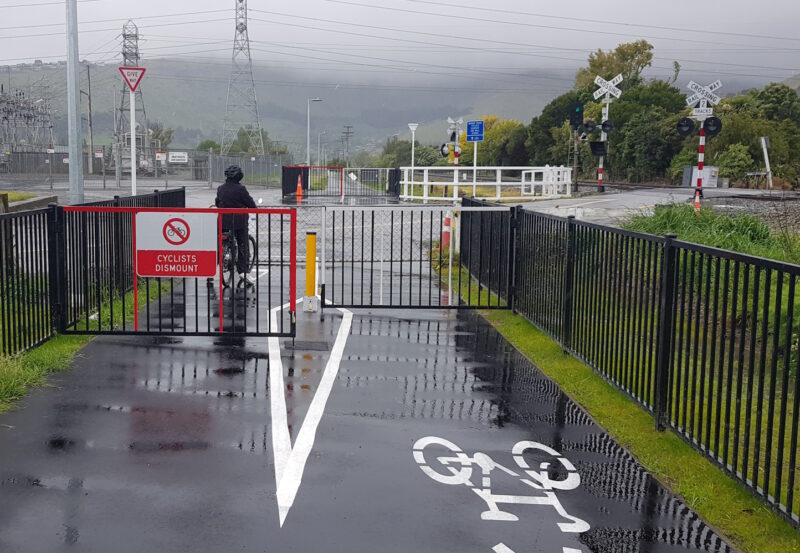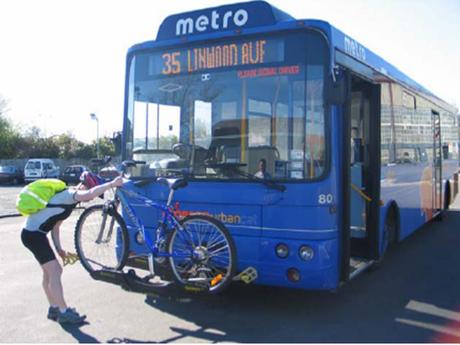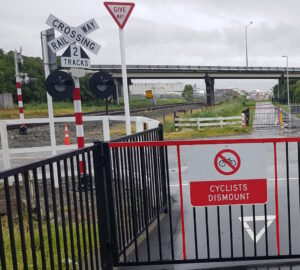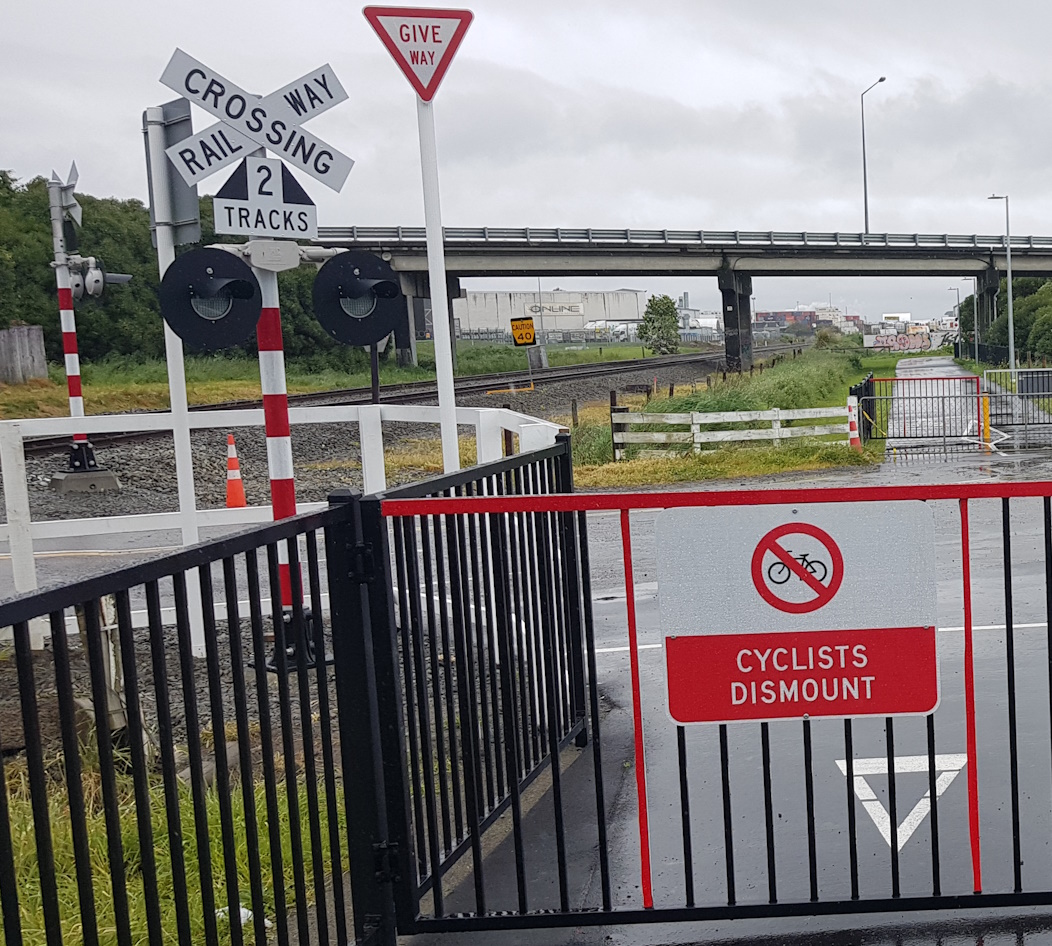As you might imagine, I’m not a big fan of many of the current Transport Minister’s actions, particularly when he seems hell-bent on eradicating most funding for walking & cycling and lower speed limits. So it is a slight surprise when I find myself agreeing with him on a couple of recent issues that have impacted on the cycling world in Christchurch and beyond.
The first is the proposed blocking of the existing Heathcote Expressway cycleway, requested by KiwiRail due to the perceived increased safety risk at the Scruttons Rd railway crossing (on the expectation that cyclists will be arriving and departing here). That increased risk is still estimated to be one potential fatality every – wait for it – 1003 years…

A bit of a background caveat: I had a hand in developing the original Level Crossing Safety Impact Assessment (LCSIA) guidelines (and the associated pedestrian/cycle rail crossing design guidelines) and have also been trained in undertaking these. These guidelines were initiated after the Transport Accident Investigation Commission gave KiwiRail some stern warnings following a fatality in 2015.
So I understand the motivation behind what is trying to be achieved by KiwiRail. And, to their credit, the introduction of these guidelines and procedures do appear to have seen a reasonable drop in recent years in both recorded collisions and near-collision incidents (through KiwiRail’s ORA database), particularly for pedestrians and cyclists. However, that still only equates to a current average of about 3-4 collisions and 30-40 near-misses a year nationally for people walking or cycling…

Some perspective is also needed when you consider what the alternative routes are for Heathcote residents if they can’t use that part of the cycleway. Basically it boils down to either Bridle Path and Ferry Roads or Port Hills and Chapmans Roads; neither of them known for being very cycle-friendly (indeed, many people might have only taken up cycling with the arrival of the new cycleway). Many people have rightly questioned whether shifting people elsewhere would actually increase their relative risk.

Thankfully for now at least, thanks to some attention and actions by City Council, locals, and cycling advocates, KiwiRail has agreed to pause closing off this part of the cycleway. However, it’s still not clear for how long this “stay of execution” might remain in place…
__________________________
The other perplexing issue is the recent ban on allowing bikes on the front-mounted racks of public buses. As reported previously, initially there was just a night-time ban for taking your bike on the bus racks, due to potential issues with obscuring the bus lights. OK, fair enough, an understandable issue (although you do have to wonder why it took so many years of having bikes on buses in NZ for it to be noticed…).

The NZ Transport Agency issued the relevant notice on a precautionary basis – I gather that there haven’t actually been any crashes associated with the issue but it was worth checking all the relevant buses and implementing any fixes if need be. However, the Bus & Coach Association took their own advice and determined that the bike racks weren’t compliant at any time, so implemented a total nationwide ban at all times…

Once again, our erstwhile Transport Minister has questioned the thinking behind this and asked NZTA to find a resolution (not that I think a total ban was ever their intention anyway…). Again it seems like an over-zealous concern when bike rack visibility has not been attributed to any known crashes, particularly during the day.
For some people, the bike & bus combo is a game-changer for their daily routines (in Christchurch, the Lyttelton Tunnel route was a particular cycling barrier, although fortunately a shuttle van is temporarily addressing that hurdle). Taking away the bus part of the equation either limits their option to bike at all, or exposes them to biking even longer distances – not exactly great if those routes are high-risk roads…
 There’s been quite a lot of evidence by various researchers showing that the life-years gained by regular cycling outweigh the potential life-years lost from crashes by an order of magnitude. And indeed, the risks from cycling are often small relative to other activities people do all the time. So, perhaps with that in mind, maybe some of the transport regulators in New Zealand should focus more on the “health” part of “health and safety”…
There’s been quite a lot of evidence by various researchers showing that the life-years gained by regular cycling outweigh the potential life-years lost from crashes by an order of magnitude. And indeed, the risks from cycling are often small relative to other activities people do all the time. So, perhaps with that in mind, maybe some of the transport regulators in New Zealand should focus more on the “health” part of “health and safety”…
What do you think of recent announcements in the name of “cycling safety”?


Thank you for analysing these two recent issues that have become a problem for many cyclists using the Heathcote Xpressway and/or multi-modal bike/bus commuting. There’s a new CCC Life in Christchurch travel survey; that might be a way to communicate your dissatisfaction and to ask the council to push back on both issues, particularly on the ridiculous ban of bikes on the bus during daytime, if they intend to continute a pathway of more sutainable urban transport in ChCh.
Unfortunately CCC won’t be able to do much about the bikes on buses ban I suspect, as that’s a matter for Environment Canterbury and the respective bus operators – I’m not sure that even CCC can influence it greatly…